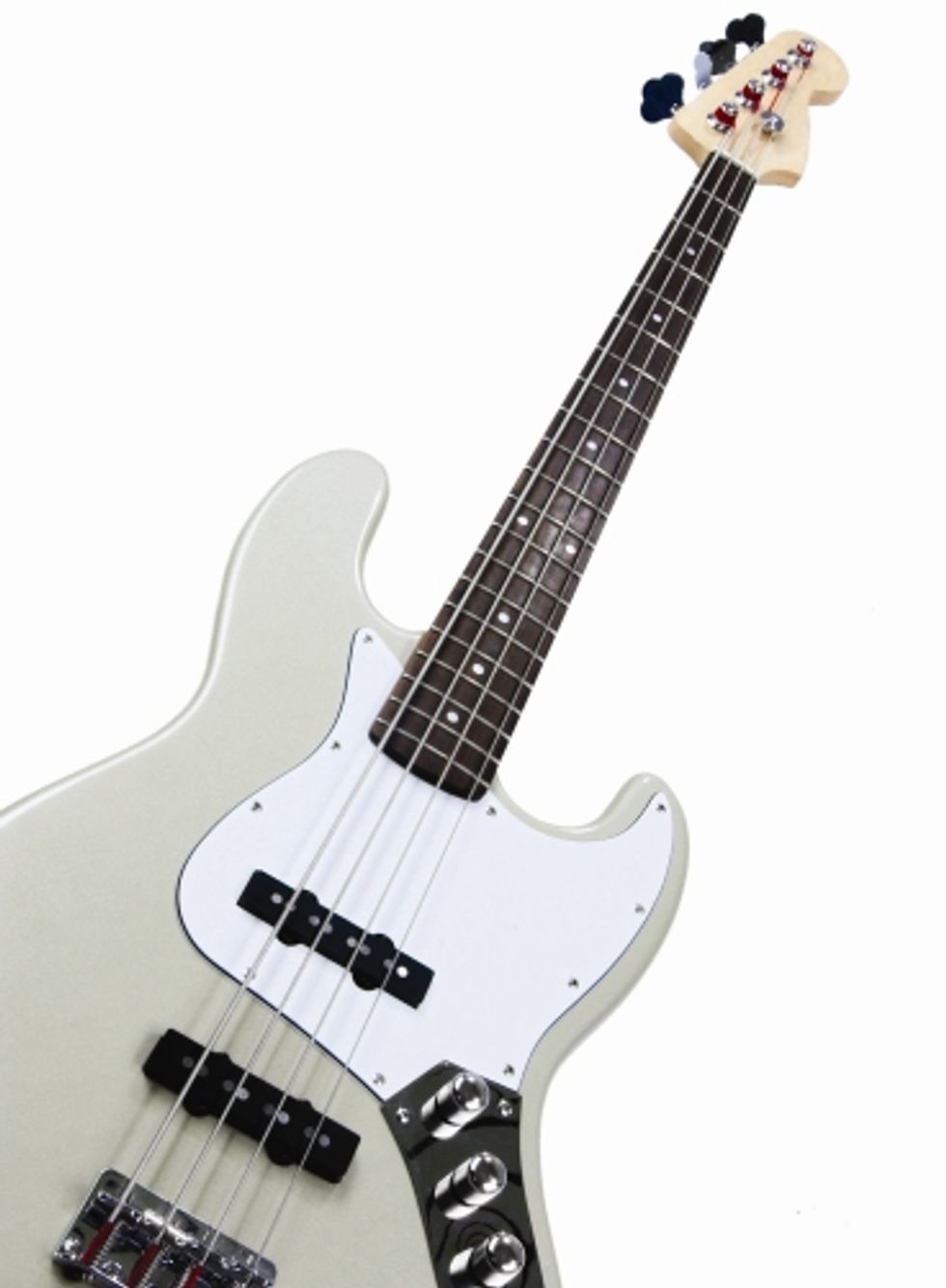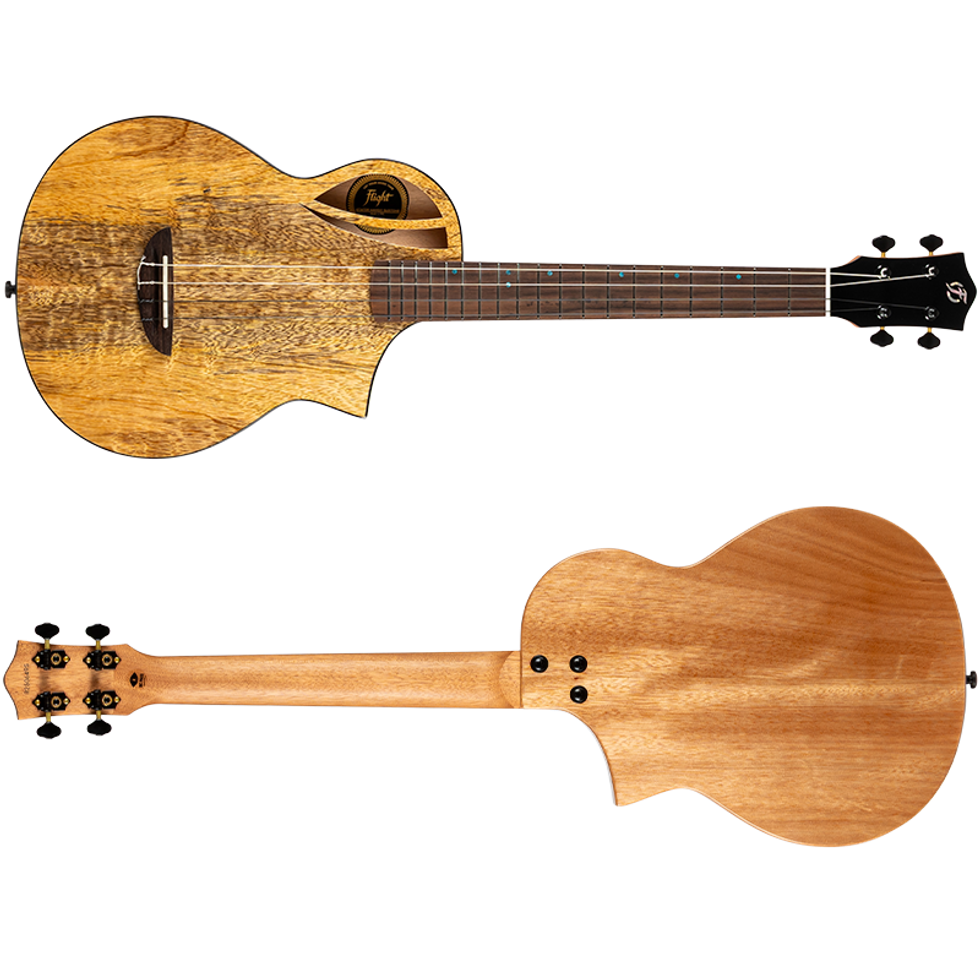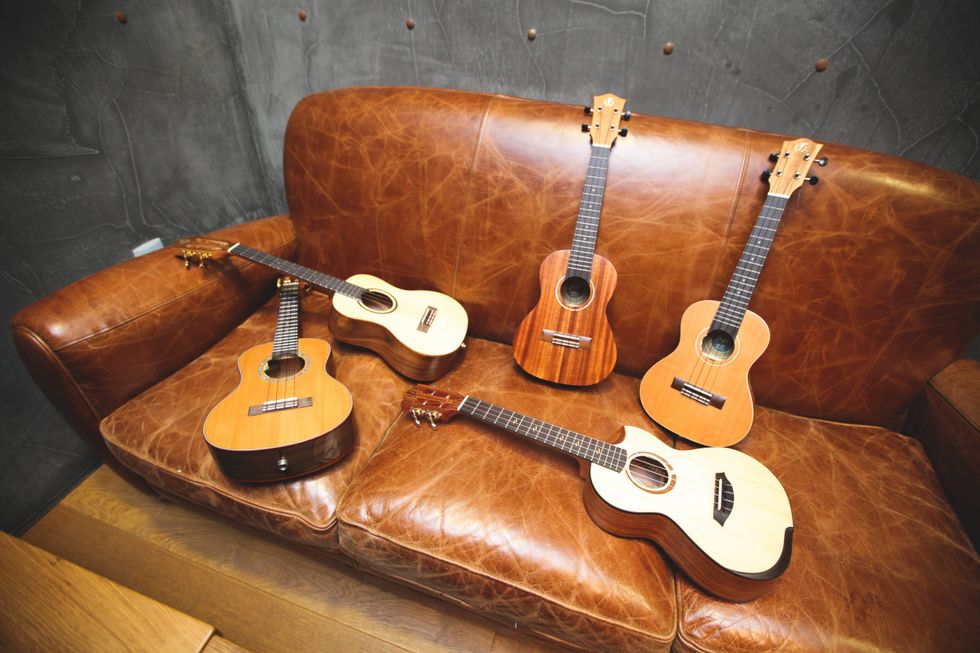Last month I raised some questions on the status of the vintage bass market that I’d like to expand upon. I stated that I bought 85 percent less gear at the 2008 Dallas
International Guitar Festival than in 2007, but my sales were static in 2008 from 2007, and on mark for general expectations. This sounds funny, yet it is true and simple to
explain. Let’s look at this in four parts: pricing, supply versus demand, show sales and show buying.
Pricing
Previously, vintage basses generally increased in price between 15-25 percent over a year’s time. But in the past 12-18 months prices have leveled off with no increase or decrease in pricing over the 2006-2007 calendar years. This pricing trend impacted a major sector of the bass market. At recent shows neither dealers nor the general public took this into account and a lot of overpriced gear went unsold. For example, there were three identical 1978 black Jazz basses for sale at the Dallas show, in exactly the same condition. The prices were tagged at $2395, $2995 and $3295. Ironically, the $3295 bass was a walk-in that was trying to be sold to dealers. The lower priced piece moved because the higher priced pieces were visible in the same locale and made the sold item appear like a small bargain. However, the lower priced piece was dead on the market price; until folks realize the market correction, wholesale and retail prices will be all over the map. Look at any electronic or hard copy sales media and you will see the proof.
Supply vs. Demand
Right now supply is about even with demand. A hot piece can make its own price, but in general the best bass with the best price gets sold. Presently the American economy is very perplexing. A good friend of mine is a noted economist; he said to me point blank, “We are in a recession that no one admits.” In the past, if the economy was bad, vintage basses sold because of value retention; if the economy was good, basses old because of escalation potential. Now we find that bass sales are slow at the dealer level as a whole.
That said, even though U.S. sales are dragging, European sales are on the rise and compensating for sluggish U.S. sales, due to the devaluation of the dollar. The problem with selling basses outside the U.S. is shipping costs. The United States Postal Service dropped the size limits to 44”. A boxed up vintage bass, in a case, is just too long. This means basses must ship via FedEx or UPS overseas. We’re now talking $400-500 on shipping fees alone! Shipping via USPS was about $150. So what do you do?
Show Sales
Earlier I stated my show sales were dead on target in 2008 based upon 2007 statistics for Dallas and the same held true for Orlando back in January. Here’s why: I set up, clean and price each and every bass in order to make a fair deal. The days of hiking up vintage basses over market value and waiting for the “guy who has to have it” are over. The dealer across the aisle from me in DFW had a few basses exactly like mine, such as the black Jazz bass mentioned earlier. His tag was $600 higher than my tag price and that alone was the best advertising. I sold about 18 seventies Fender basses, and all were dealer-to-dealer at a price that I would sell them for in the shop. The very odd thing was that I only sold one bass to the general public. My numbers were dead on, but the sales ratio of dealer to “civilian” sales was askew. Yes, there were a ton of folks in the room, but it seemed everyone was there for the music and no one was there for the gear. At this “musician’s event” you had people selling stun guns and foot massagers; there was even a Guitar Hero booth. I understand the concept “evolve or fade away,” but the problem for me is a show 2000 miles from home can cost me $4000 to attend. I think the combination of an unclear economy and the revised nature of the show impacted my ratio. I bet as soon as the economy gets a little more secure, the ratio will correct itself.
Show Buying
Bottom line, I go to shows to do two things: sell and buy gear. My money is no good if I cannot reinvest my working capital back in vintage basses. Selling was on mark, but buying at the Dallas show was abysmal. Back in January I attended the Orlando Guitar Show where I purchased nearly 50 pieces. The Orlando show is maybe 1/5 the size of Dallas and in Dallas I only purchased five basses. I could not reinvest my money. The purchasing problems were based on the lack of dealer-to-dealer bass inventory – the dealer inventory had limited or no ROI, and most importantly there was very little walk-in instrument traffic. The attendance was huge but the folks came in empty-handed. Was this year in Dallas an anomaly? Are all shows changing? Is the market changing? Personally, I believe the walk-in volume was unusually low and should correct itself. I still have faith in the events and the expanded formats.
The Lowdown
The times, they are a changing. I hope you enjoyed the summary of my first quarter show findings. Our next installment is a biggie – what is going on right now through the
next 12 to 24 months regarding pricing, and my thoughts on where things are heading. Until next time, drop the gig bag and bring the cannolis!
Kevin Borden
Kevin Borden has been a bass player since 1975, and is currently President of Goodguysguitars.com.
Feel free to call him KeBo.
He can be reached at Kebobass@yahoo.com
International Guitar Festival than in 2007, but my sales were static in 2008 from 2007, and on mark for general expectations. This sounds funny, yet it is true and simple to
explain. Let’s look at this in four parts: pricing, supply versus demand, show sales and show buying.
Pricing
Previously, vintage basses generally increased in price between 15-25 percent over a year’s time. But in the past 12-18 months prices have leveled off with no increase or decrease in pricing over the 2006-2007 calendar years. This pricing trend impacted a major sector of the bass market. At recent shows neither dealers nor the general public took this into account and a lot of overpriced gear went unsold. For example, there were three identical 1978 black Jazz basses for sale at the Dallas show, in exactly the same condition. The prices were tagged at $2395, $2995 and $3295. Ironically, the $3295 bass was a walk-in that was trying to be sold to dealers. The lower priced piece moved because the higher priced pieces were visible in the same locale and made the sold item appear like a small bargain. However, the lower priced piece was dead on the market price; until folks realize the market correction, wholesale and retail prices will be all over the map. Look at any electronic or hard copy sales media and you will see the proof.
 |
Right now supply is about even with demand. A hot piece can make its own price, but in general the best bass with the best price gets sold. Presently the American economy is very perplexing. A good friend of mine is a noted economist; he said to me point blank, “We are in a recession that no one admits.” In the past, if the economy was bad, vintage basses sold because of value retention; if the economy was good, basses old because of escalation potential. Now we find that bass sales are slow at the dealer level as a whole.
That said, even though U.S. sales are dragging, European sales are on the rise and compensating for sluggish U.S. sales, due to the devaluation of the dollar. The problem with selling basses outside the U.S. is shipping costs. The United States Postal Service dropped the size limits to 44”. A boxed up vintage bass, in a case, is just too long. This means basses must ship via FedEx or UPS overseas. We’re now talking $400-500 on shipping fees alone! Shipping via USPS was about $150. So what do you do?
Show Sales
Earlier I stated my show sales were dead on target in 2008 based upon 2007 statistics for Dallas and the same held true for Orlando back in January. Here’s why: I set up, clean and price each and every bass in order to make a fair deal. The days of hiking up vintage basses over market value and waiting for the “guy who has to have it” are over. The dealer across the aisle from me in DFW had a few basses exactly like mine, such as the black Jazz bass mentioned earlier. His tag was $600 higher than my tag price and that alone was the best advertising. I sold about 18 seventies Fender basses, and all were dealer-to-dealer at a price that I would sell them for in the shop. The very odd thing was that I only sold one bass to the general public. My numbers were dead on, but the sales ratio of dealer to “civilian” sales was askew. Yes, there were a ton of folks in the room, but it seemed everyone was there for the music and no one was there for the gear. At this “musician’s event” you had people selling stun guns and foot massagers; there was even a Guitar Hero booth. I understand the concept “evolve or fade away,” but the problem for me is a show 2000 miles from home can cost me $4000 to attend. I think the combination of an unclear economy and the revised nature of the show impacted my ratio. I bet as soon as the economy gets a little more secure, the ratio will correct itself.
Show Buying
Bottom line, I go to shows to do two things: sell and buy gear. My money is no good if I cannot reinvest my working capital back in vintage basses. Selling was on mark, but buying at the Dallas show was abysmal. Back in January I attended the Orlando Guitar Show where I purchased nearly 50 pieces. The Orlando show is maybe 1/5 the size of Dallas and in Dallas I only purchased five basses. I could not reinvest my money. The purchasing problems were based on the lack of dealer-to-dealer bass inventory – the dealer inventory had limited or no ROI, and most importantly there was very little walk-in instrument traffic. The attendance was huge but the folks came in empty-handed. Was this year in Dallas an anomaly? Are all shows changing? Is the market changing? Personally, I believe the walk-in volume was unusually low and should correct itself. I still have faith in the events and the expanded formats.
The Lowdown
The times, they are a changing. I hope you enjoyed the summary of my first quarter show findings. Our next installment is a biggie – what is going on right now through the
next 12 to 24 months regarding pricing, and my thoughts on where things are heading. Until next time, drop the gig bag and bring the cannolis!
Kevin Borden
Kevin Borden has been a bass player since 1975, and is currently President of Goodguysguitars.com.
Feel free to call him KeBo.
He can be reached at Kebobass@yahoo.com













![Rig Rundown: Russian Circles’ Mike Sullivan [2025]](https://www.premierguitar.com/media-library/youtube.jpg?id=62303631&width=1245&height=700&quality=70&coordinates=0%2C0%2C0%2C0)





